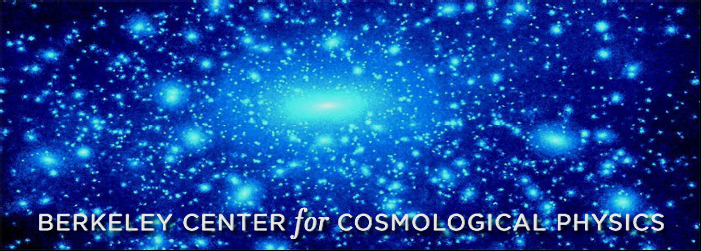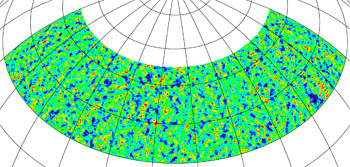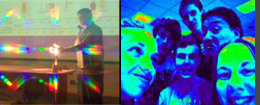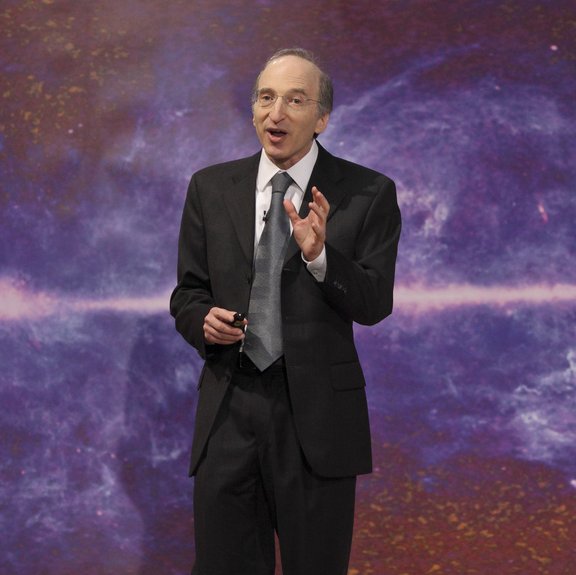 |
||
|
|
||
|
The Berkeley Center for Cosmological Physics is an integrated research and education enterprise created by Nobel laureate Professor George Smoot, and is currently directed by Nobel laureate Professor Saul Perlmutter and Professor Uros Seljak. BCCP will develop research, education, and outreach to create a vision and direction for the 21st century study of cosmology. |
 |
|
|
Postdoctoral Research Scholarships Cosmology for the Next Generation
The GTA was created by BCCP as part of a 21st century model for international cosmology education
|
Galaxy quenching and the remarkable stability of the velocity dispersion function since z~1.5 Oct 16, Tuesday 1:10 pm (BCCP) Massive galaxies have evolved dramatically in the last 10 billion years, undergoing dramatic changes to their sizes, shapes and stellar populations. In the context of this evolution, I will argue that velocity dispersion is the most fundamental property of galaxies, especially when attempting to identify unique populations of galaxies across cosmic time. Although directly measuring velocity dispersion is observationally expensive, we introduce inferred velocity dispersion as implied by the stellar mass, Sersic index and effective radius of galaxies in the SDSS. We calculate inferred velocity dispersions for galaxies in the UDS and NMBS Cosmos Surveys and derive the velocity dispersion function (VDF) out to z=1.5, both for the entire population and separately for star-forming and quiescent galaxies. Remarkably, we find that overall the VDF is quite stable, providing tentative evidence for inside-out galaxy growth. Specifically, we find that galaxies with high velocity dispersions form early: the number density of both star-forming and quiescent galaxies remains roughly constant with time. Additionally we find that the number of star-forming galaxies as a function of velocity dispersion is quite stable with time. The only galaxy population showing strong evolution are quiescent galaxies with low inferred dispersions, for which number density increases by a factor of ~4 since z=1.5. We show that our results are qualitatively consistent with a simple model in which star-forming galaxies quench and are added to the quiescent population. In order to compensate for this migration, the velocity dispersions of star-forming galaxies must increase, with a rate that increases with dispersion. This model predicts that there must be a significant population of quenching and recently quenched galaxies at z>1. Finally, I will present evidence for this model with the discovery of galaxies at z~1.5 with high velocity dispersions and strong Balmer lines. |
|
|---|---|---|
|
Galaxy Star Formation Efficiency from z=0 to z=8 Oct 23, Tuesday 1:10 pm (BCCP) We present a robust, self-consistent, semi-empirical model which matches observed galaxy stellar masses and star formation rates over nearly all of cosmic history. Key results include constraints on star formation rates as a function of halo mass, average star formation histories for galaxies from z=0 to z=8, and the buildup of the intracluster light as a function of halo mass and time. We also examine the connections between halo growth and galaxy growth, and we find that the universe's star formation history since z~4 can be explained by a star formation efficiency which is strongly dependent on mass but only weakly dependent on time. We discuss the implications of this latter finding, especially in terms of the impact on black hole/supernova feedback models and the impact on the shape of the cosmic star formation rate for 0 < z < 8. |
||
|
Scientists Measure the Reionization of the Early Universe
|
||
|
BCCP Hosts the 2012 Cosmology Workshop for High School Teachers and Students
|
||
|
Eric Linder guest of McGill University Podcast
|
||
An interview with Nobel laureate George Smoot George Smoot on the current state of cosmology and how winning a Nobel prize has affected him as a scientist. Visit physicsworld.com for more videos, webinars and podcasts. |
||
|
|




